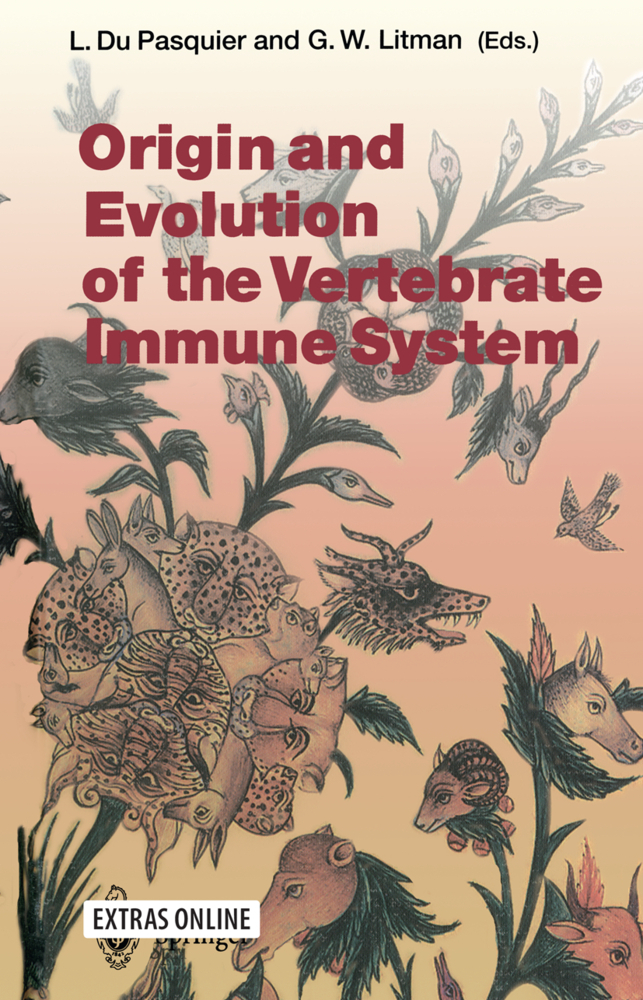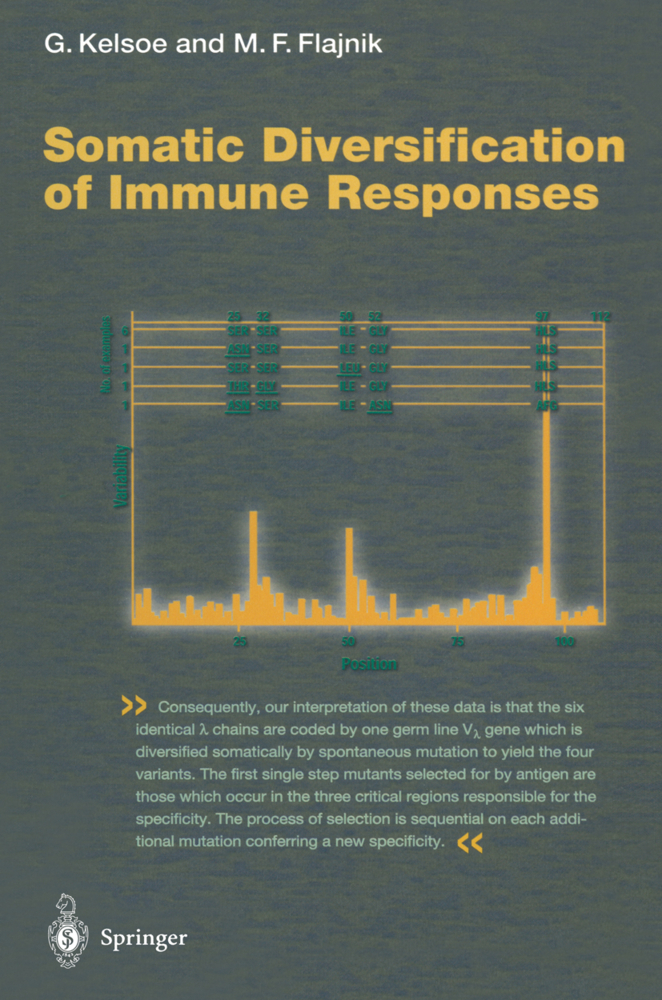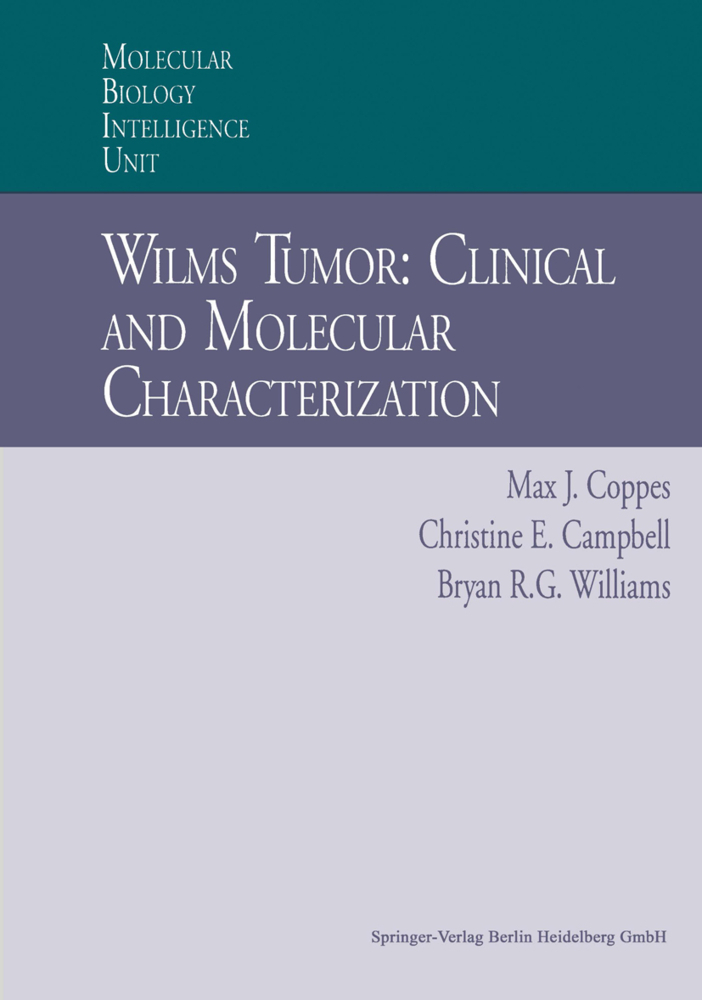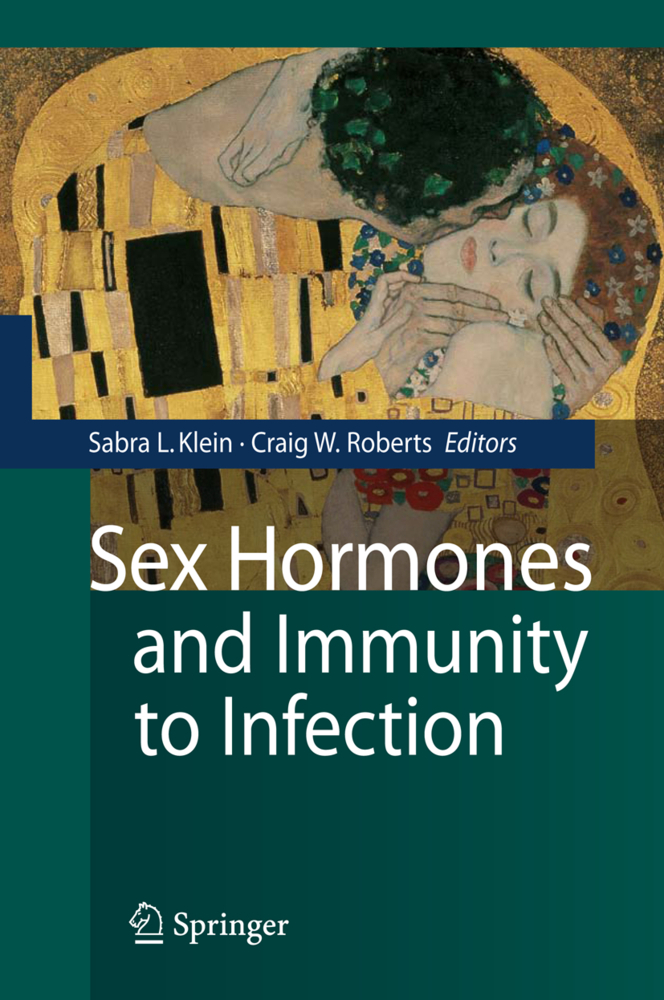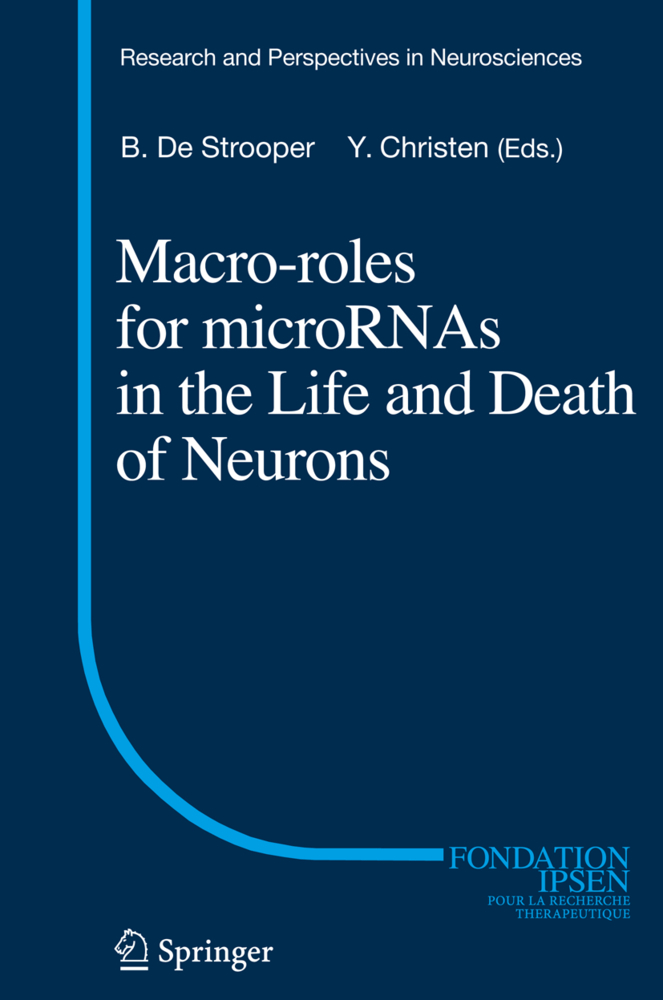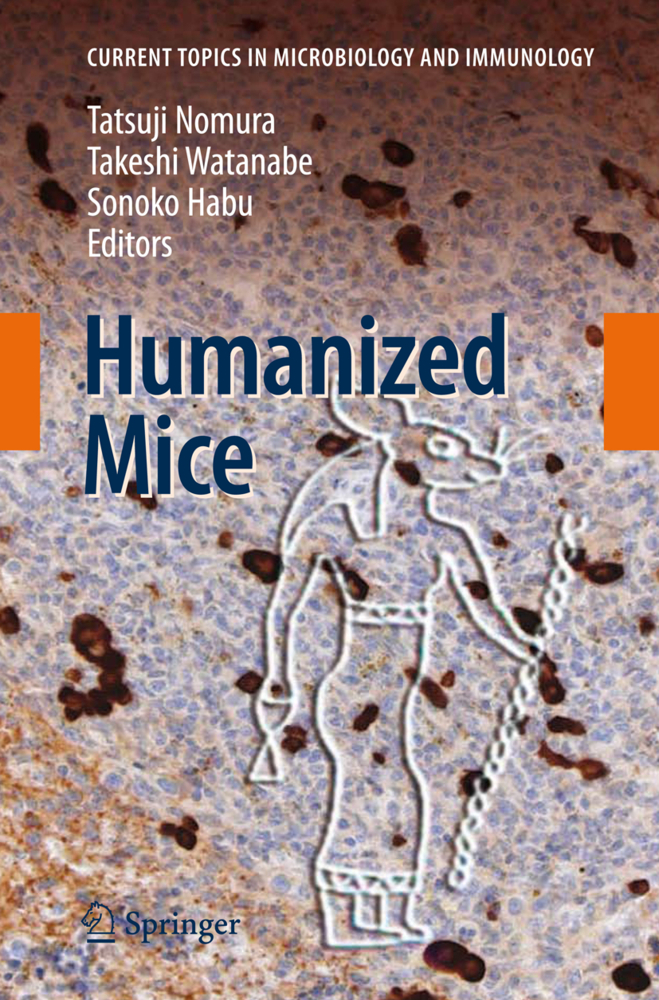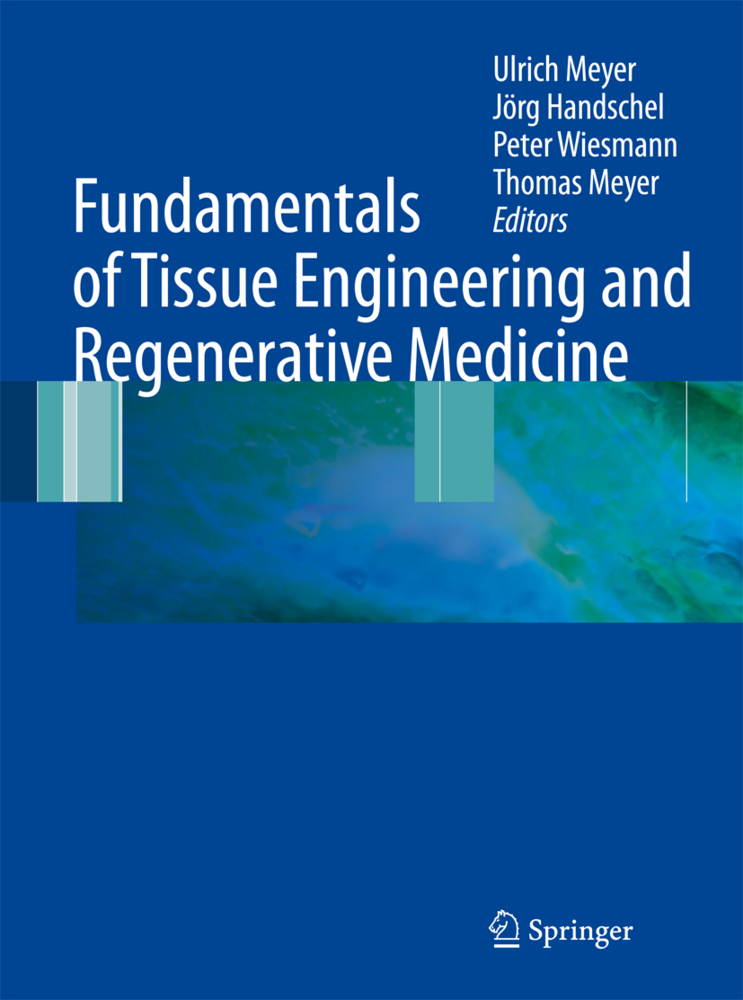Origin and Evolution of the Vertebrate Immune System
Origin and Evolution of the Vertebrate Immune System
The comparative approach to immunology can be traced to the era of Pasteur and Metchnikov in which observations regarding foreign recognition in invertebrates was a factor in the develop ment of the principal concepts that created the foundation of what now is the broad field of immunology. With each major experimental and conceptual breakthrough, the classical, albeit essential, question has been asked "are the immune systems of phylogenetically primitive vertebrates and invertebrates similar to that of mammals?" Somewhat surprisingly for the jawed verte brates, the general answer has been a qualified form of "yes", whereas for agnathans and invertebrate phyla it has been "no" so far. The apparent abruptness in the appearance of the immune system of vertebrates is linked to the introduction of the somatic generation of the diversity of its antigen specific receptors. Therefore the questions regarding the origin and evolution of the specific immune system revolve around this phenomenon. With respect to the origin of the system (aside from the or igin of the rearranging machinery itself, the study of which is still in its infancy) one can ask questions about the cellular and mo lecular contexts in which the mechanism was introduced.
New Approaches Towards an Understanding of Deuterostome Immunity
The Antimicrobial Host Defense of Drosophila
Origin and Evolution of the Complement System
Major Vertebrate Evolutionary Issues
Genome Paralogy: A New Perspective on the Organization and Origin of the Major Histocompatibility Complex
Phylogeny of Lower Vertebrates and Their Immunological Structures
Origin of Lymphocyte Lineages
Recombination-Activating Genes, Transposition, and the Lymphoid-Specific Combinatorial Immune System: A Common Evolutionary Connection
Transcription Factor Expression in Lymphocyte Development: Clues to the Evolutionary Origins of Lymphoid Cell Lineages?
Origin of Receptors
The Phylogenetic Origin of Antigen-Specific Receptors
Evolution of Receptors
Immunoglobulin Isotypes: Structure, Function, and Genetics
Evolution of Vertebrate Immunoglobulin Variable Gene Segments
Elasmobranchs
The Immune System of Cartilaginous Fish
Immune-Type Diversity in the Absence of Somatic Rearrangement
Somatic Diversification
Evolution and Somatic Diversification of Immunoglobulin Light Chains
TCR/CD3 Complex
Evolution of the T Cell Receptor Signal Transduction Units.
List of Contents
Bridge to InvertebratesNew Approaches Towards an Understanding of Deuterostome Immunity
The Antimicrobial Host Defense of Drosophila
Origin and Evolution of the Complement System
Major Vertebrate Evolutionary Issues
Genome Paralogy: A New Perspective on the Organization and Origin of the Major Histocompatibility Complex
Phylogeny of Lower Vertebrates and Their Immunological Structures
Origin of Lymphocyte Lineages
Recombination-Activating Genes, Transposition, and the Lymphoid-Specific Combinatorial Immune System: A Common Evolutionary Connection
Transcription Factor Expression in Lymphocyte Development: Clues to the Evolutionary Origins of Lymphoid Cell Lineages?
Origin of Receptors
The Phylogenetic Origin of Antigen-Specific Receptors
Evolution of Receptors
Immunoglobulin Isotypes: Structure, Function, and Genetics
Evolution of Vertebrate Immunoglobulin Variable Gene Segments
Elasmobranchs
The Immune System of Cartilaginous Fish
Immune-Type Diversity in the Absence of Somatic Rearrangement
Somatic Diversification
Evolution and Somatic Diversification of Immunoglobulin Light Chains
TCR/CD3 Complex
Evolution of the T Cell Receptor Signal Transduction Units.
| ISBN | 978-3-642-64078-0 |
|---|---|
| Artikelnummer | 9783642640780 |
| Medientyp | Buch |
| Auflage | Softcover reprint of the original 1st ed. 2000 |
| Copyrightjahr | 2011 |
| Verlag | Springer, Berlin |
| Umfang | IX, 326 Seiten |
| Abbildungen | IX, 326 p. With 1 Falttafel. |
| Sprache | Englisch |

